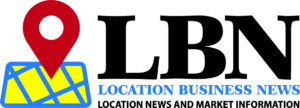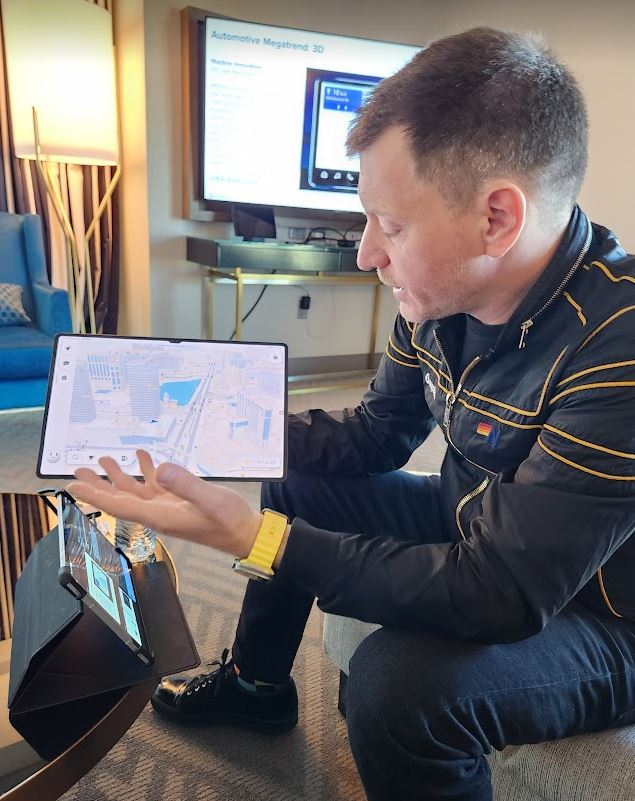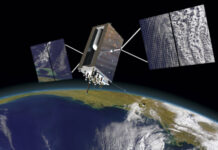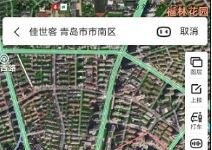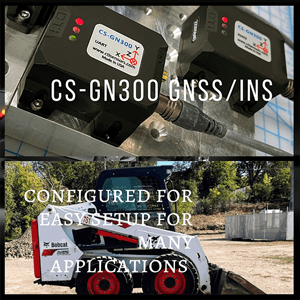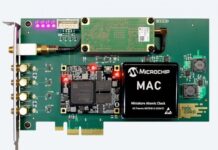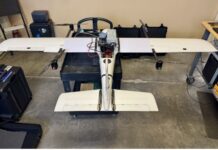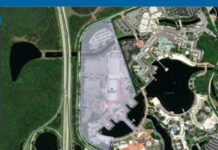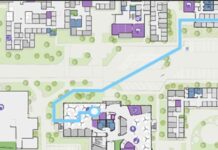HERE Technologies, Mapbox and TomTom court OEMs
LAS VEGAS—Among dozens of mobility and auto companies at this year’s CES trade show, mapping companies took the lion’s share of news with product and service rollouts and partnerships.
In one of the CES announcements, HERE Technologies and Uber UBER 0.00%↑ have extended their partnership to punch-up Uber’s mapping capabilities for rideshare and food deliveries. The agreements calls for HERE to provide location-aware tools and functions to the Uber platform for accurate drop-off and pick-up points at locations, including airports and stadiums.
New CEO Mike Nefkens, who said that HERE had its best financial year ever in 2023, told Location Business News that company will focus on its strengths—and one of them is ride sharing. “We are winning in ride share. Lyft has been a partner and now Uber,” he said.

Another company announcement at CES was its collaboration with Bosch and Daimler Truck AG on advanced driver assistance system (ADAS) technology. Daimler Truck’s Predictive Powertrain Control (PPC) will be powered by the HERE ADAS Map and Bosch’s Electronic horizon software to assess roadway topography, curvature, slope, intersections, traffic signs, speed limits and driving rules.
Nefkens, who served as president of HP Enterprise Services and led 110,000 employees, said Intelligent Speed Assistance, which will be required for all new cars in the European Union sold after 2024, has been a growth area for the company.
Other HERE announcements at CES include:
HERE has launched Advanced Traffic Patterns to help improve planning, routing and delivery across first-to-last-mile delivery.
Launched EV Range Factors aimed at reducing driver range anxiety with improved on-route battery range calculations.
HERE’s collaboration with Lotus to power Emeya, the car maker’s new supercar EV, with the HERE Navigation solution.
Siemens’ Simulytic is using HERE’s HD Live Map to simulate autonomous driving scenarios for insurance risk calculations.
HERE says it simplified automaker access to advanced map data by providing a single map for different vehicle automation levels across vehicle models.
Mapbox Launches Autopilot Services, AI Features in Navigation SDK
Another mapping company, Mapbox, is offering its Mapbox Autopilot Services integration to OEMs for ADAS, Autopilot Map, 3D Live Navigation, and MapGPT technologies.
Mapbox also rolled out AI Features in its new Navigation SDK that are alternatives to Apple CarPlay and Android Auto. The Mapbox Navigation SDK ships with MapGPT, an AI-powered voice assistant that allows drivers to control their vehicle’s navigation, entertainment and streaming services, autopilot, and control systems, in addition to accessing capabilities from companies like OpenTable, The Weather Company, and TripAdvisor, the company said.

“You ask the voice assistant how to play Blackjack in Vegas, talk about golf or make a dining reservation. It’s a fully embedded experience that allows a natural conversation,” said Peter Sirota, Mapbox CEO. “In the future, we have a lot of plans for future innovation on top of location. Mapbox is not just a map—it’s voice, ADAS, Autopilot services.”
At CES, Mapbox announced that they were collaborating with Hyundai Autoever to incorporate MapGPT into Hyundai Autoever’s digitally enhanced vehicles.
Before CES, Mapbox partnered with BMW Group for a navigation system featuring an immersive 3D map for the automaker’s BMW/MINI Operating System 9. The company also partnered with Toyota to provide digital maps for its car navigation system.
“Toyota wants us to build a different experience. The great thing about the partnership is that the map has the ability to be quickly updated,” Sirota said.
TomTom Partners With Mitsubishi Electric
TomTom [TOM2] and Mitsubishi Electric announced at CES that they are integrating technologies for new automated driving solutions. TomTom’s HD Map will power Mitsubishi Electric’s High-Definition Locator hardware, which not only uses GPS, but Japan’s quasi-zenith satellites (QZSS).
“With the Mitsubishi device, more precise location is possible, with differential GPS, which is better for urban canyons. What’s also important is know what the road going to do ahead as well as the lanes,” said George de Boar, TomTom global director marketing. “Mitsubishi integrates our ADAS map to enable an off-the-shelf solution for car manufacturers so they can be used in the [electronic control units].”

The company, before CES, announced a partnership with Microsoft $MSFT for an integrated, AI-powered conversational automotive assistant for infotainment, location search, and vehicle command systems. The solution, which is built into TomTom’s Digital Cockpit, integrates Microsoft Azure OpenAI Service to take advantage of large language models, the company said.
“It’s a demonstrable solution. It solves a problem in the electric vehicle space because while drivers want to go from A to B, sometimes they have to go from A to a charging station or even dinner, before they get to B,” said Paul Hesen, TomTom vice president product management. “Having a complex interaction not by voice is asking for trouble—we solve that problem. We are discussing the service with OEMs to introduce it into their cars.”
Hesen said that TomTom is focusing on its Orbis map platform in 2024, which now features 86 million kilometers of transportation networks. “We are focusing on launching Orbis for developers. We are beyond the quality of the old map system—our new map is very immersive,” he said “Providing people with maps for EV is also important for use, particularly because people still have charging anxiety. Lane-based navigation is also going to be big this year.”
